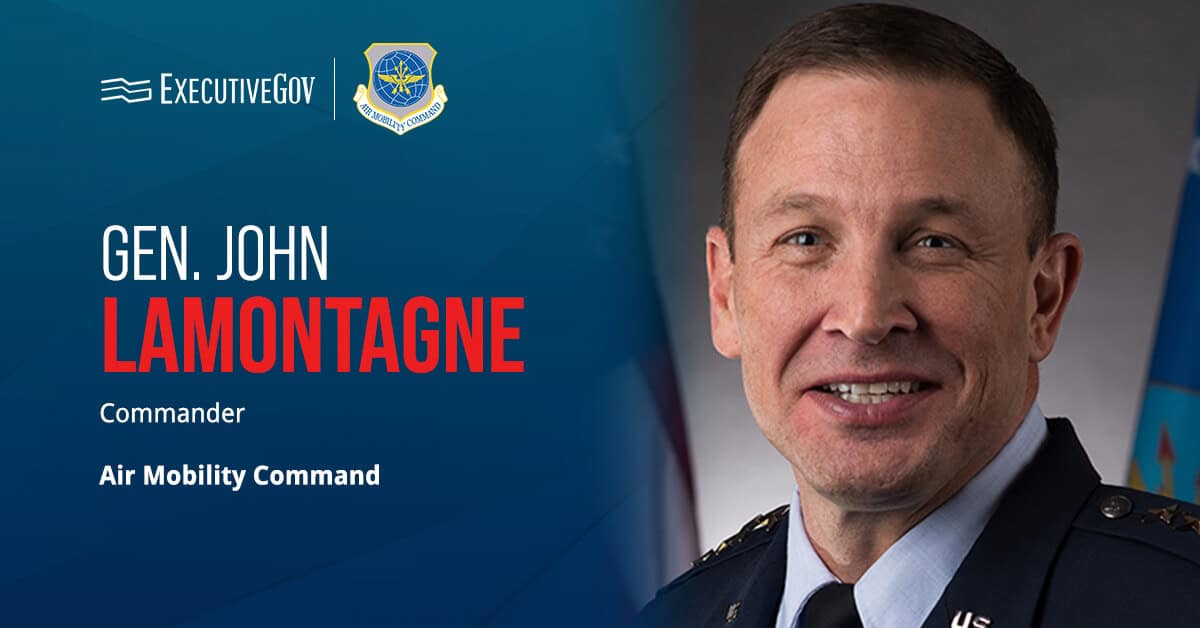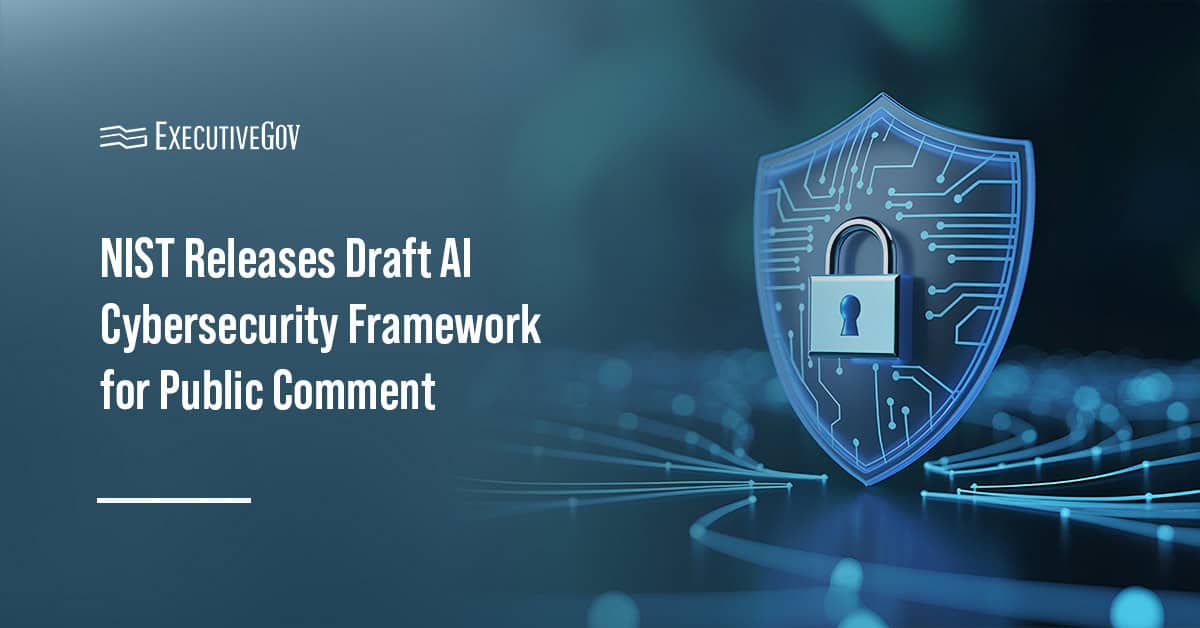The U.S. Navy has launched a new tool designed to facilitate the flow and access of workforce information, such as those about sailors and work opportunities across the service branch, Federal News Network reported Wednesday.
The service branch activated the MyNavy Assignment system in December as a replacement to the Career Management System-Interactive Detailing. The new system displays sailor information that isn't usually present in the general military service records. Sailors may input additional information that officers may use to inform job matching.
The system also includes a catalog of work opportunities that would open within a year, allowing sailors to plan and seek new work in the service. The Navy rolled out the new system in a move to align workforce management processes with the modern era.





